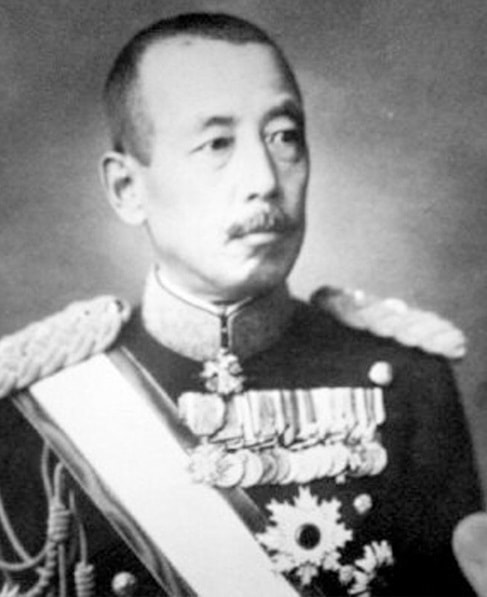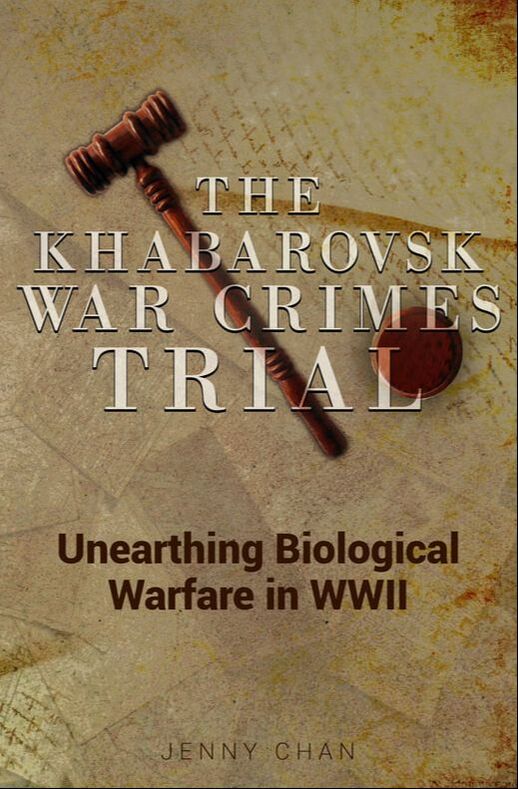- Home
- Stories
-
Internship
- Summer 2024 Internship
- Summer 2023 Internship
- Fall 2022 Internship
- Summer 2022 Internship
- Summer 2021 Internship
- Fall 2020- Spring 2021 Internship
- Summer 2020 Internship
- Fall 2019 Internship
- Summer 2019 Internship >
- School Year 2018-2019 Internship
- Summer 2018 Internship >
- Fall 2017 Internship
- Summer 2017 Internship >
- Books
- Archives
-
Resource Page
-
Supplementary Research Guides
>
- Unit 731 - Guide >
-
Philippines' Resistance - Guide
>
- Philippines World War II Timeline
- The Japanese Invasion & Conquest of the Philippines
- Bataan Death March
- Formation of Underground Philippines Resistance
- Supplies of the Guerrilla Fighters
- The Hukbalahap
- Hunter's ROTC
- Marking's Guerrillas
- United States Army Forces in the Philippines of Northern Luzon (USAFIP-NL)
- The Aetas
- Chinese and Filipino-Chinese Nationalist Guerrilla Units
- The Female Faces of the Philippine Guerrillas
- Rising Sun Flag - Guide >
- Pinay Guerrilleras - Guide >
- Fall of Singapore - Guide >
- Three Years and Eight Months - Guide >
- Siamese Sovereignty - Guide >
- The Khabarovsk War Crimes Trial - Guide >
- Unit 731 Cover-up : The Operation Paperclip of the East - Guide >
- Marutas of Unit 731 - Guide >
- Prince Konoe Memoir - Guide >
- Competing Empires in Burma - Guide >
- Battle of Shanghai - Guide >
- Ishi Shiro - Guide >
- Taiwan The Israel of the East - Guide >
- Seeking Justice for Biological Warfare Victims of Unit 731 - Guide >
- Rice and Revolution - Guide >
- Clash of Empires - Guide >
-
Hunger for Power and Self-SufficiencyI - Guide
>
- The Influence of War Rations on Post-War Culinary Transformations
- How World War II Complicated Food Scarcity and Invention
- American Military Innovations
- Government-Sponsored Food Inventions in Europe during World War II
- Feeding the Army: The Adaptation of Japanese Military Cuisine and Its Impact on the Philippines
- Mixed Dishes: Culinary Innovations Driven by Necessity and Food Scarcity
-
Denial A Quick Look of History of Comfort Women and Present Days’ Complication - Guide
>
- The Comfort Women System and the Fight for Recognition
- The Role of Activism and International Pressure
- The Controversy over Japanese History Textbooks
- The Sonyŏsang Statue and the Symbolism of Public Memorials
- Activism and Support from Japanese Citizens
- The Future of Comfort Women Memorials and Education
- Echoes of Empire: The Power of Japanese Propaganda - Guide >
- Lesson Plans >
-
Supplementary Research Guides
>
Main Defendants
|
Yamada Otozoo was born in 1881 in Tokyo. He became a Commander-in-Chief in 1944, a post he held
until the end of the war, serving the Japanese Kwantung Army and ranked as a General. He supervised the activity of Unit 731 and 100 in order to prepare for bacteriological warfare. His responsibilities included inspecting the units, monitoring the situations in the units through reports from his staff, and taking measures to keep the units in a constant state of military readiness. He stated in his testimony, “Detachment 731 was directly subordinated to me, as Commander-in-Chief of the Kwantung Army. I had charge of the tactical direction of Detachment 731 in all matters concerning the production of bacteriological weapons and their use. This meant that if the necessity arose to employ bacteriological weapons against enemy forces, it was I that would have to give the order to this effect, since Detachment 731 was a special combat unit under my control.” Sentenced to 25 years imprisonment |
|
Kajitsuka Ryuji was born in 1888 in the town of Tajiri. He was trained as a physician and bacteriologist, and was the Chief of Medical Administration for the Japanese Kwantung Army starting in 1939 and ranked as a Lieutenant General of the Medical Service by the end of the war. He was an early believer in biological weapons. Even as early as 1931, Kajitsuka was an active supporter of Ishii Shiro. He became one of the initiators of research on methods of employing bacteriological weapons. By 1934-1936, he became the head of a division of the Medical Administration of the Japanese War Ministry. He then recruited the necessary expert staff for Unit 731. He was well informed on the activities of Unit 731.
His testimony states the following, “... I was well informed ... that Detachment 731 experimented continu- ously on human beings with the object of discovering the most effective types of bacteriological weapons. I knew that Detachment 731 employed bacteriological weapons in 1941-42 against the Chinese Army and Chinese civilians.” Sentenced to 25 years imprisonment |
|
Takahashi Takaatsu was born in 1888 in the town of Honze. He was trained as a biological chemist. He was Chief of the Veterinary Service of the Japanese Kwantung Army from 1944 and by the end of the war, he was ranked as Lieutenant General of the Veterinary Service. His responsibilities included directly supervising the activities of Unit 100, and he had an active role in preparing for bacteriological warfare.
His testimony stated the following: “I directed the preparations for bacteriological warfare and bacteriological sabotage against the Soviet Union... I gave orders for Detachment 100 to prepare, and controlled its production of the bacteria of glanders and anthrax and the virus of cattle plague and mosaic disease, with a view to their employment in bacteriological warfare and bacteriological sabotage against the Soviet Union.” Sentenced to 25 years imprisonment |
|
Kawashima Kiyoshi was born in 1893 in the village of Hasunuma. He was trained as a physician and bacteriologist. By the end of the war, he was the Chief of the Production Division of Detachment 731 of the Japanese Kwantung ranking as Army Major General of the Medical Service from 1941 to 1943. He was responsible for organizing the mass production of bacteriological weapons and human experimentation.
His testimony states the following, “In April 1941, just after I arrived to take up my post in the detachment, I inspected the prison, and in one of the cells I saw two Russian women, one of whom had a year-old child, born in the detachment’s prison. During the period I was with the detachment these women were alive. Their subsequent fate I do not know, but at any rate, these women could not have left the prison alive, and the same lot as that of the other prisoners must have befallen them... I acknowledge that the methods we employed of experimenting on human beings and of their mass annihilation by the action of lethal bacteria were barbarous and a crime against humanity.” Sentenced to 25 years imprisonment |
The Khabarovsk War Crimes Trial:
|
|
The Japanese Empire and USSR in WW2
|
|
Pacific Atrocities Education
730 Commercial Street San Francisco, CA 94108 415-988-9889 |
Copyright © 2021 Pacific Atrocities Education.
We are a registered 501 (c)(3) charity. |
- Home
- Stories
-
Internship
- Summer 2024 Internship
- Summer 2023 Internship
- Fall 2022 Internship
- Summer 2022 Internship
- Summer 2021 Internship
- Fall 2020- Spring 2021 Internship
- Summer 2020 Internship
- Fall 2019 Internship
- Summer 2019 Internship >
- School Year 2018-2019 Internship
- Summer 2018 Internship >
- Fall 2017 Internship
- Summer 2017 Internship >
- Books
- Archives
-
Resource Page
-
Supplementary Research Guides
>
- Unit 731 - Guide >
-
Philippines' Resistance - Guide
>
- Philippines World War II Timeline
- The Japanese Invasion & Conquest of the Philippines
- Bataan Death March
- Formation of Underground Philippines Resistance
- Supplies of the Guerrilla Fighters
- The Hukbalahap
- Hunter's ROTC
- Marking's Guerrillas
- United States Army Forces in the Philippines of Northern Luzon (USAFIP-NL)
- The Aetas
- Chinese and Filipino-Chinese Nationalist Guerrilla Units
- The Female Faces of the Philippine Guerrillas
- Rising Sun Flag - Guide >
- Pinay Guerrilleras - Guide >
- Fall of Singapore - Guide >
- Three Years and Eight Months - Guide >
- Siamese Sovereignty - Guide >
- The Khabarovsk War Crimes Trial - Guide >
- Unit 731 Cover-up : The Operation Paperclip of the East - Guide >
- Marutas of Unit 731 - Guide >
- Prince Konoe Memoir - Guide >
- Competing Empires in Burma - Guide >
- Battle of Shanghai - Guide >
- Ishi Shiro - Guide >
- Taiwan The Israel of the East - Guide >
- Seeking Justice for Biological Warfare Victims of Unit 731 - Guide >
- Rice and Revolution - Guide >
- Clash of Empires - Guide >
-
Hunger for Power and Self-SufficiencyI - Guide
>
- The Influence of War Rations on Post-War Culinary Transformations
- How World War II Complicated Food Scarcity and Invention
- American Military Innovations
- Government-Sponsored Food Inventions in Europe during World War II
- Feeding the Army: The Adaptation of Japanese Military Cuisine and Its Impact on the Philippines
- Mixed Dishes: Culinary Innovations Driven by Necessity and Food Scarcity
-
Denial A Quick Look of History of Comfort Women and Present Days’ Complication - Guide
>
- The Comfort Women System and the Fight for Recognition
- The Role of Activism and International Pressure
- The Controversy over Japanese History Textbooks
- The Sonyŏsang Statue and the Symbolism of Public Memorials
- Activism and Support from Japanese Citizens
- The Future of Comfort Women Memorials and Education
- Echoes of Empire: The Power of Japanese Propaganda - Guide >
- Lesson Plans >
-
Supplementary Research Guides
>




